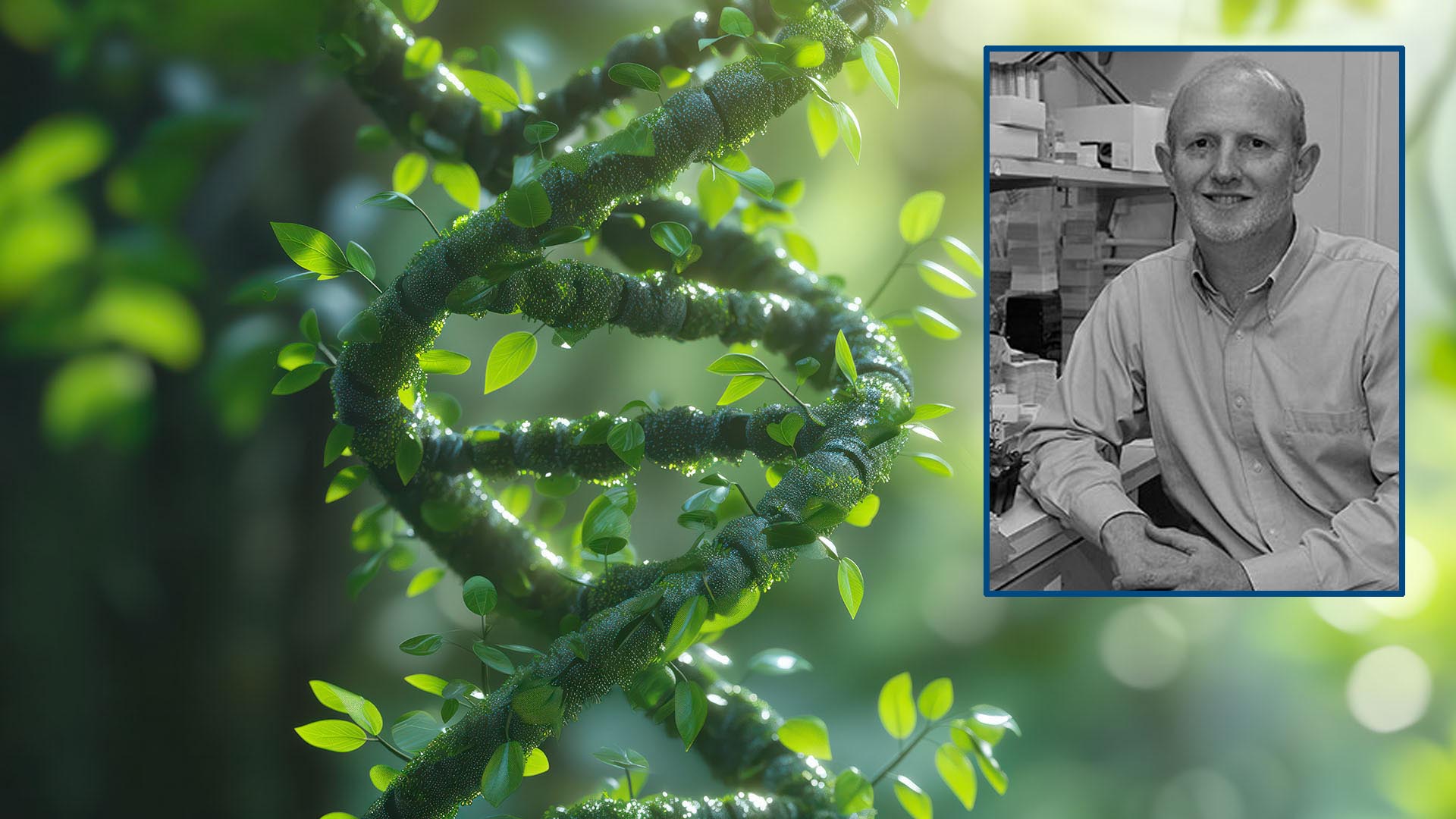Farmers have been playing with plant genomics since before the world knew what genes were. Does one strawberry plant produce sweeter fruits? Encourage its growth over less tasty crops. Voilà! Your strawberry crop is now yummier than ever.
Since the turn of the 21st century, Cold Spring Harbor Laboratory (CSHL) breakthroughs have helped revolutionize the world of plant genomics. As a result, society now has a much better understanding of how plants grow and evolve.
In 2000, CSHL Professors Rob Martienssen and W. Richard McCombie were part of an international team that mapped the genome of the flowering plant Arabidopsis thaliana. Their work helped yield the first plant genome sequence in history.
“It was controversial because it was so expensive, and not everyone was convinced it would move science forward,” says Martienssen. However, in time, the team completed a project that turned out to be “as important as mapping the human genome.”
Understanding which genes control which aspects of plant life has unplugged a fountain of information. Martienssen sees in this new knowledge the potential to meet the demands of a changing world.
“As more plant genomes were sequenced, they helped us come to grips with genes that control plant traits,” he says. “These genes are important for everything from climate resilience to disease resistance to crop yield.”
Martienssen takes us on a tour of CSHL’s corn fields and discusses his work’s possible applications in mitigating climate change.
For example, sequencing the oil palm genome in 2013 led Martienssen’s team to discover the Shell gene that controls oil yield. That finding could have big implications for where and how we get our energy. For example, the Malaysian Palm Oil Board is now applying the discovery toward biofuel production and rainforest preservation efforts. They’re working with Orion Genomics, a company Martienssen and McCombie co-founded.
But that’s not all. The first plant genome sequence also has applications beyond plant breeding and genomics. It has helped shed new light on evolution and human health. Perhaps most importantly, it has opened the door to discoveries that explain how genes are regulated.
“One thing the plant genome gave us was the sequence of transposable elements, which is very important for epigenetics,” Martienssen says. Epigenetics describes how external factors, like behaviors and environment, affect genes. Transposable elements are ‘jumping genes’ first discovered by the late CSHL plant biologist Barbara McClintock. Indeed, the Nobel laureate served as a mentor to a young Martienssen in his early days at CSHL. Her lessons proved pivotal in guiding his own breakthroughs.
“We could really dive into what happened to the genome under epigenetics and control genes by transposable elements,” Martienssen says. It might sound technical, but the potential for health and medicine is nothing short of revolutionary.
It has implications for “cancer, neurobiology, everything,” he says.
Written by: Jen A. Miller | publicaffairs@cshl.edu | 516-367-8455
